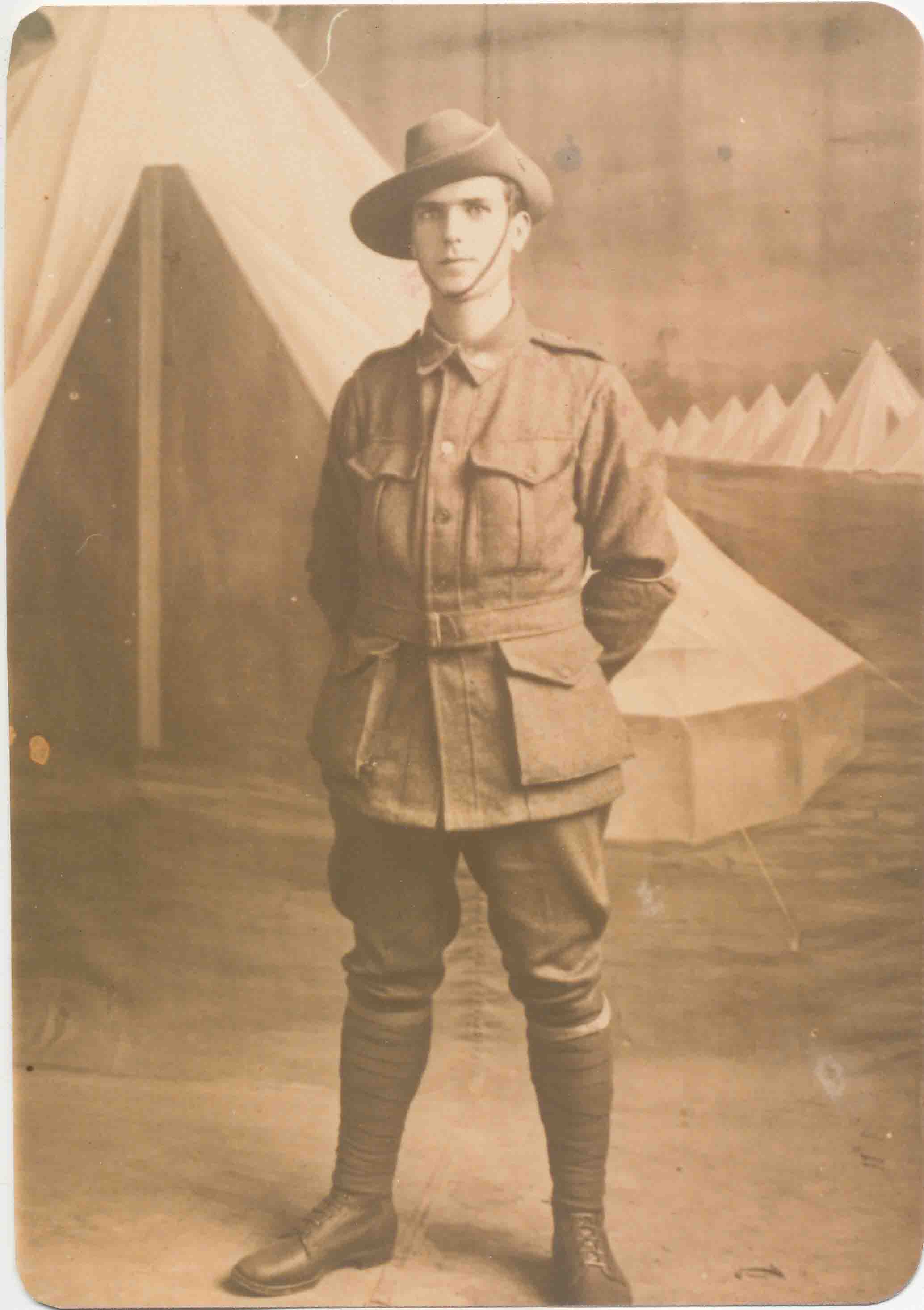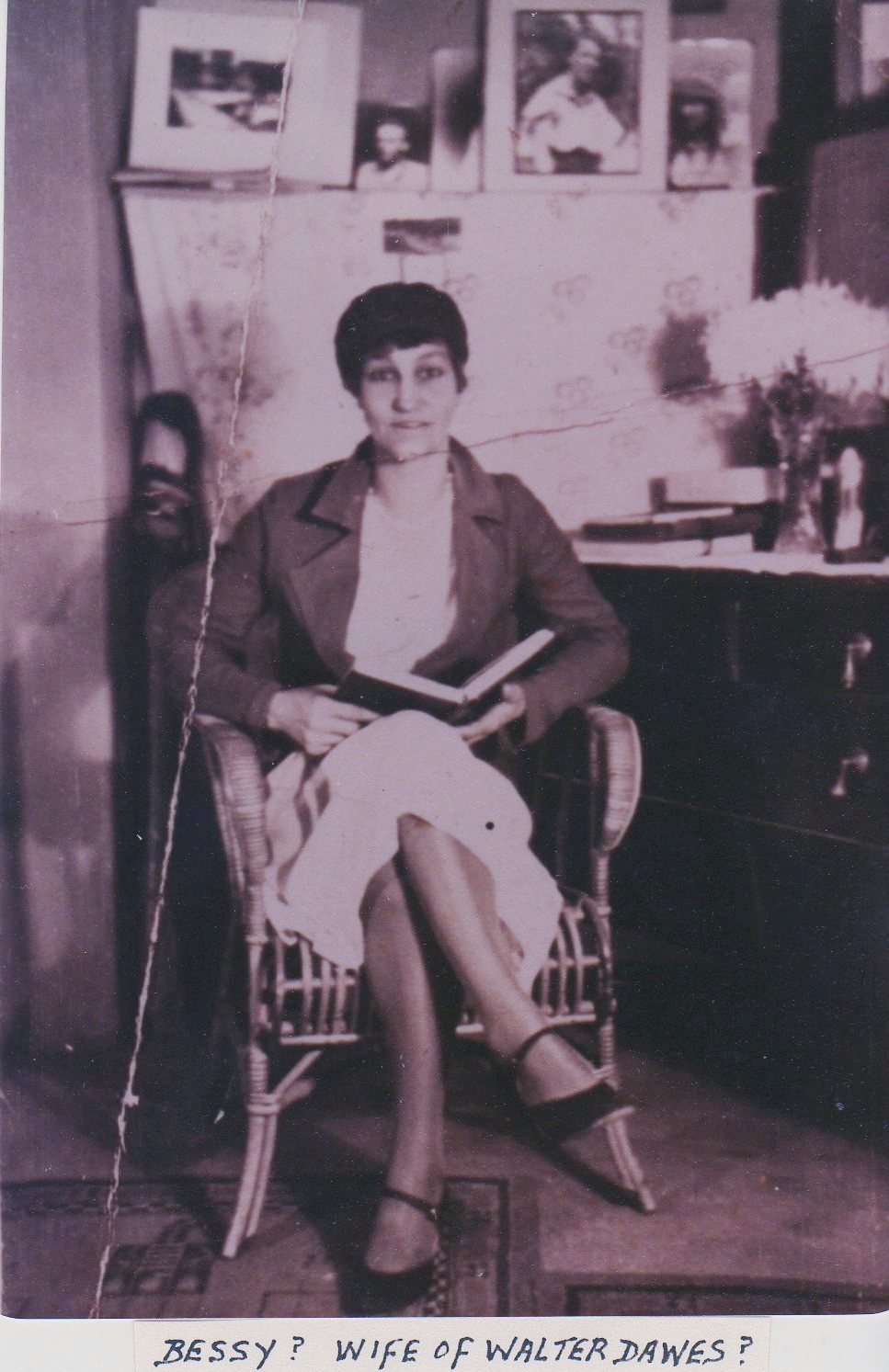The Tale of Two Families
A story to commemorate Anzac Day and those who gave so much
As a genealogist who has been researching for more than 30 years, I soon learned that there were many people in the family whose dates of death were missing. It became very clear that these deaths were mostly of men of an age range of between around 18 – 35. It did not take long to work out that these men of a “certain age” were most likely killed overseas during the first and second World Wars. When I first began my research, the internet was non-existent / limited and some information was difficult to obtain. With the large amount records now available online, it has allowed me to fill in much of this missing information.
I have found many family members who fought in the two World Wars, some who returned, and some who did not. It is difficult to single out one story to share, but I have found two families who gave more than their fair share to keep us safe and free. At first glance an outsider may see no connection between their stories. So how are these families linked?
Firstly they are linked by location. Both families spent time living in Garfield, Victoria, during the World Wars. Both lived in the Main Street, one next door to the post office, and the other at the Iona Hotel.
Secondly they are linked by relationship to my family. Alfred Dawes and Frances Morgan are my great grandparents and I clearly remember some of my great uncles who fought in World War 1. Dennis Bannan and his wife Mary are my husband’s great Uncle and Aunt. My late father in law can remember going to the Iona Hotel at Garfield and staying with the Bannan’s and Frawleys, although at the time neither of our families had any close personal contact with each other.
These are the stories of their wars.
The Dawes Family
At the time of the First World War, Alfred Dawes and his family were living at Iona, Victoria, Australia. About the end of the War, the family moved a few miles from Iona, to a house in the main street of Garfield that Alfred, a carpenter, had built. This house was located next door to the Garfield Post office. Sadly the house was destroyed by fire in the 1990’s.
Alfred had what can only be described as an unconventional family life. He had a large number of children, approximately 22 of these children who were born from 1873-1906, lived to adulthood. During World War 1, Alfred had 5 sons serving their country overseas. These sons were amongst his younger children, as many of his children were too old to enlist. At one stage of the war Alfred and his family were notified that two of these boys, Victor and Gladstone, were both hospitalised as they were both wounded. Here is a short condensed outline of the fighting sons of Alfred Dawes and the Morgan sisters.
Victor Dawes was born in 1896, son of Alfred Dawes and Elizabeth Morgan. He enlisted on 20 July 1915 (the same date as his half-brother Gladstone Dawes), in the 22nd Battalion 1-8 reinforcements. His service number was 3080. He embarked from Australia on the “Commonwealth” on 26 November 1915 and fought with the 59th Battalion in France. He was wounded in July 1916 but returned to his unit in France and continued to fight until the end of the war. He spent time in England recovering from his wounds and returned to Australia in August 1919 with his war bride, who he had married in England in March 1919. He died in 1966.
Albert Dawes was born in 1890, son of Alfred Dawes and Louisa Morgan. He enlisted on the 20th of October 1914 in the 3rd Light Horse 13-23 Reinforcement. His service number was 786. He embarked from Australia on 8 February 1915 on the “Pera” and fought in the 8th Light Horse at Gallipoli where he was wounded. He was discharged from the Army and returned to Australia in February 1916. He married in Australia in November 1916 and died in 1962.
Gladstone Dawes was born in 1898, son of Alfred Dawes and Louisa Morgan. He enlisted on 20 July 1915 (the same day as his half-brother Victor Dawes) in the 7th Battalion 13-23 reinforcements. His service number was 4178. He embarked from Australia on the “Demosthenes” on the 29th of December 1915 and fought with the 58th Battalion. He fought in France and was hospitalised many times. He was wounded, suffered from shell shock, and trench feet. Apparently the “glamour” of war soon passed and Gladstone began to get himself into some trouble in the later part of 1916 and into 1917, going AWOL more than once, resisting arrest and various other misdemeanours. He clearly did not want to return to the front and sadly Gladstone was killed in action on the 17th of June 1918. He was buried in the Ribemont Communal Cemetery in France in 1918, but in 1929 his body was exhumed and reburied in the Ribemont Communal Cemetery Extension. There is a letter dated January 1916, in Gladstone’s army records from someone called Miss Myrtle Brownbill, c/- Mrs Jolley, Garfield, seeking his whereabouts, so it is possible that Gladstone left a sweetheart behind in Australia.
Clifford Gordon Dawes was born in 1898 son of Alfred Dawes and Frances Morgan. He enlisted on 26 January 1916 in the 5th Battalion 12-23 reinforcements. His service number was 5086. He embarked from Australia on the “Suffolk” on the 1st of April 1916 and fought in the 59th Battalion. He travelled to France via Egypt and was seriously wounded with multiple gunshot wounds in December 1916. After hospitalisation and convalescence, he returned home in November 1917. He suffered a permanent limp from his wounds. Cliff married in 1923 and died in 1972.
Walter Dawes was born in 1893, son of Alfred Dawes and Frances Morgan. He enlisted on 10 January 1916 in the 22nd Infantry 19-12 Reinforcements. His service number was 4093. He embarked from Australia on the Wiltshire on the 7th of March 1916 and fought in the Cyclists Battalion (a little known part of Australia’s war history and a story of its own_see below). Walter fought in France and was wounded by gas. He remained in France until the end of the war. He returned to Australia in September 1919. Wally did not marry and had little or no contact with his family on his return to Australia. In the late 1950’s his sister Dora had him traced and he returned to the family thereafter. Sadly he only had a few short years back with the family before his hospitalisation in 1963 and subsequent death in 1965.
It must have been a relief to Alfred and family to have two sons returned before the end of the War, though sadly they were not unscathed. All their sons who returned home suffered in various ways for the remainder of their lives. The Dawes family were so devastated by the death of Gladstone in 1918, that the house in Main Street, Garfield, was named ‘Pozieres’ in remembrance of the place where Gladstone fell. Many of Alfred’s descendants served in World War 2, but that is another story.
The Bannan family
Dennis and Mary Bannan lived at Kerang, Victoria during World War 1. Dennis and Mary had 10 children, 8 of whom lived to adulthood. Their children were born from 1889-1908. Their eldest three sons enlisted in World War 1. They were living in Garfield in World War 2.
World War 1
John Joseph Bannan was born in 1891. He enlisted on 14 June 1915 in the 8th Light Horse Regiment. His service number was 1126. He embarked from Australia on 20 August 1918 on the “Kyarra”. He served in the Middle East. He spent a large amount of time hospitalised and was eventually transferred to the Provost Corp as a driver. John died of malaria in Damascus on 16 October 1918 and he is buried in Damascus. He was married before he went to war and left a wife and two young orphaned sons.
Francis Thomas Bannan was born in 1895. He enlisted on 16 June 1915 in the 8th reinforcements. His service number was 1878. He embarked from Australia on 26 Aug 1915 on the “Anchesis”. He travelled to France via the Middle East and served with the 23rd Battalion. Francis was killed in action on the 28th July 1916 and his death was not confirmed for some time. His final resting place was never found and 20 years later, in 1936, the family were officially notified that as his remains had not been found, they would probably never be found. His name is on the National Memorial to the missing at Villers Brettoneux, France.
William James Bannan was born in 1897. He enlisted on 9 May 1915. His service number was 1783A. He embarked from Australia on 16 July 1915 on the “Demosthenes”. William served in Gallipoli in 1915 in the 24th Battalion and in France thereafter. He was killed in action in France on 24 August 1916, just one month after his older brother had been killed, also in France. William’s final resting place was unknown but in 1936 the War Graves Commission found the body of an unknown soldier buried north of Pozieres in France. The body was exhumed for reburial and at that time the identity tags of William James Bannan were found on the body. William’s remains were reburied at the London Extension Cemetery, Longeuval, France. His family were notified and his identity discs were sent to them.
Dennis and Mary’s sacrifice was immense, with 3 sons serving and all 3 sons deceased. In the late 1930’s or early 1940’s Dennis and Mary’s daughter, Margaret Frawley and her husband James, took over the running of the Iona Hotel in Garfield. Dennis and Mary also moved to the Hotel at Garfield. James and Margaret Frawley had 8 children, 5 of whom lived to adulthood. Their children were born from 1912 to c. 1924.
In World War 2 their three sons enlisted.
John William Frawley was born in 1917. His service number was VX90347. He served in the 2/12 Battalion and was killed in action in New Guinea on 18 January 1943. He is buried in Port Moresby.
Kevin Dennis Frawley was born in 1920. His service number was VX67337. He served in the 2/23 battalion and was killed in action in New Guinea on 21 September 1943. He is buried at Lae, New Guinea.
James Patrick Frawley was born in 1919. His service number was V71945. He probably did not serve overseas. He appears to have served in the Port Phillip fixed defence and court martial proceedings took place on 27 May 1943. He married late in life and died in 2001.
The Bannan’s and Frawleys, paid the ultimate price, losing 3 sons/brothers in World War 1 and 2 grandsons/sons in World War 2. Their devastation can only be imagined.
I am very proud to say that these are members of our family, and our nation, who gave more than they were asked. I am proud and happy to share their story. I am proud to be related to them and to have known some of them. I hope that we can all remember and appreciate the sacrifices that these ordinary Australian people made for their Country and the Australian people and that the hard lessons of war are not forgotten by the younger generations.
Whilst we remember them, they will never die.
Lest we forget.
Coral J Jones (Blackwell)
© 21 April 2013
*All the information I have included here regarding military service is accessible at the National Archives of Australia and the Australian War Memorial Websites.
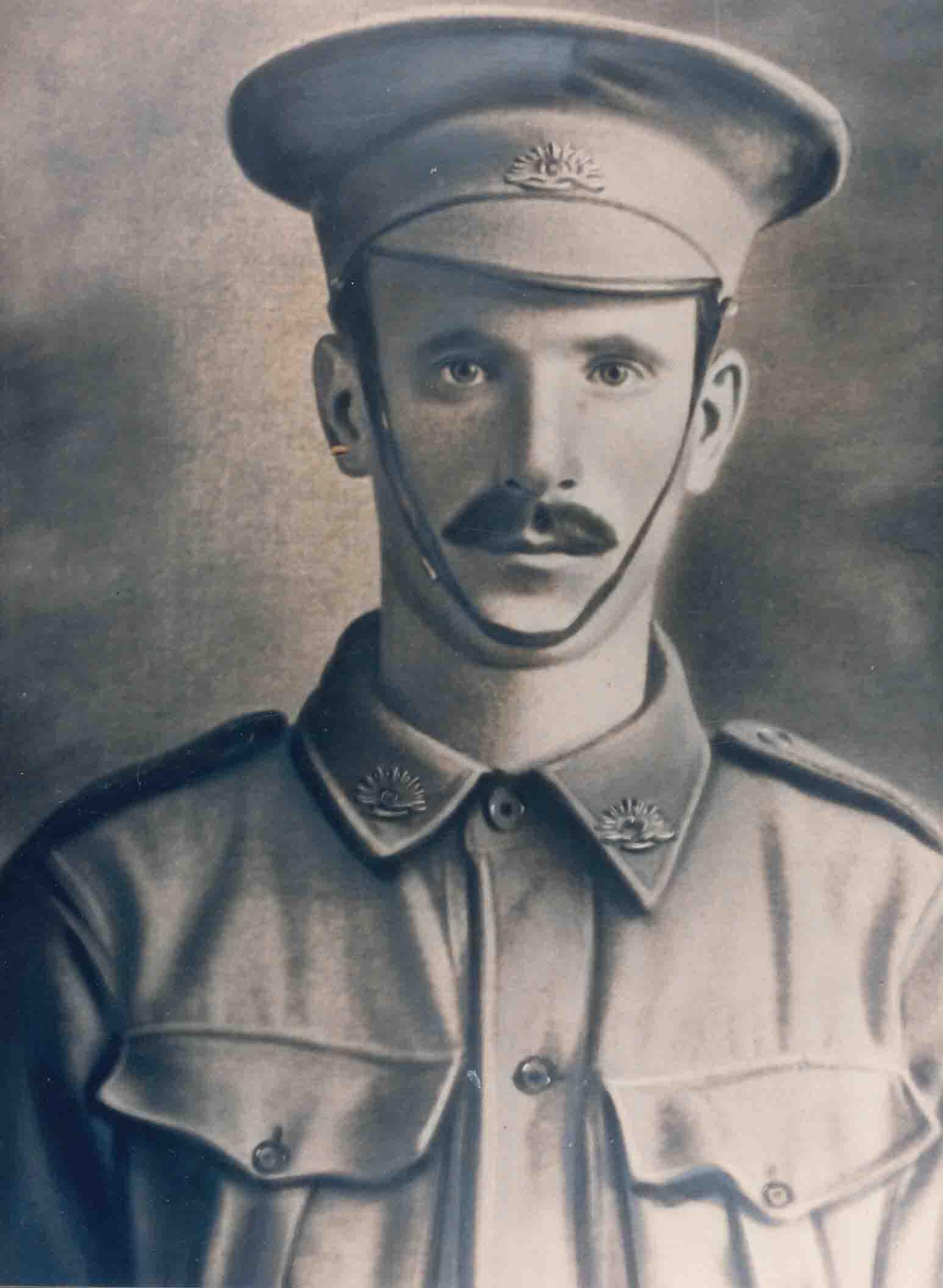
Albert Dawes 786 1890-1962
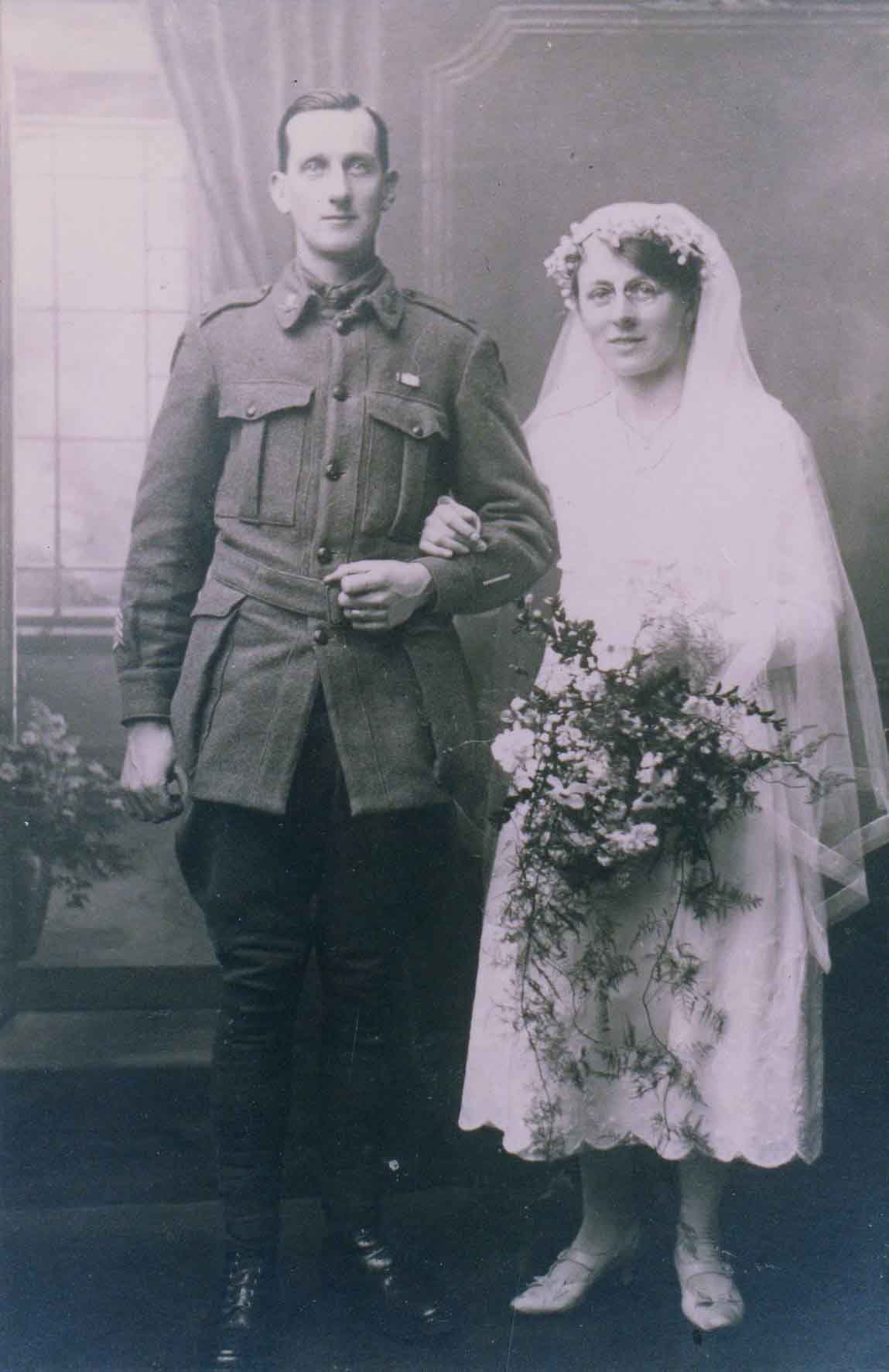
Victor Dawes 3080 1896-1966
and his bride Avis Beatrice Creswell in England in 1919
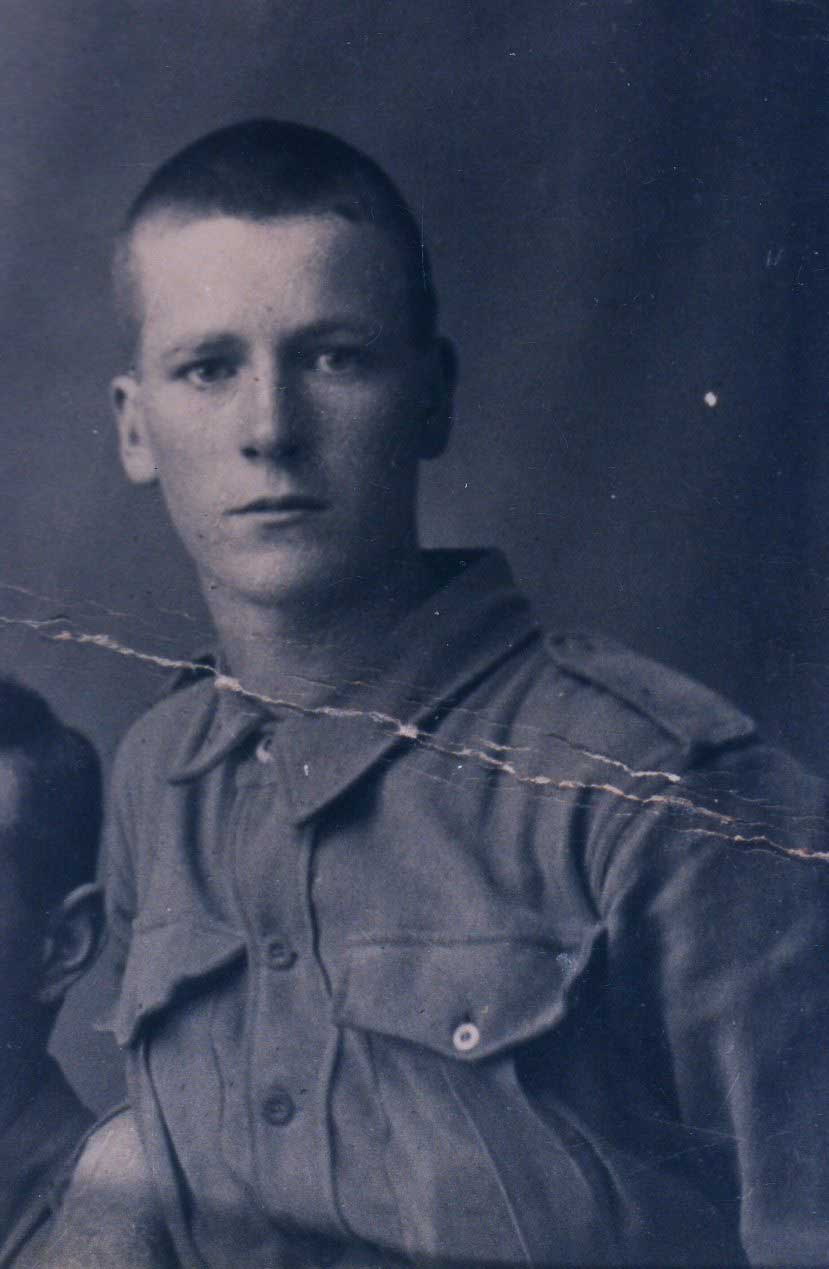
Gladstone Dawes - 4178 - 1898-1918 Killed in Action
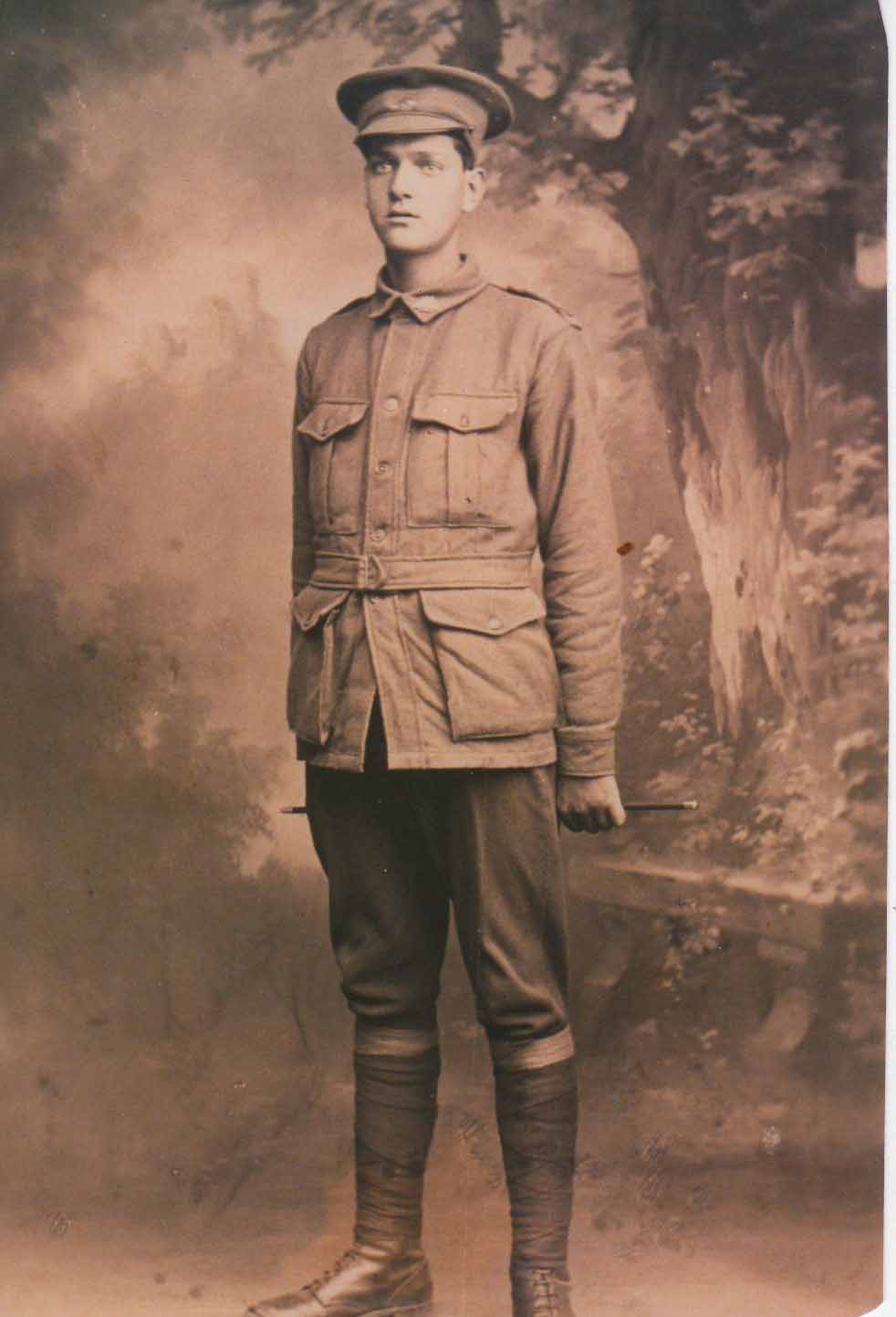
Clifford Gordon Dawes - 5086 - 1898-1972
